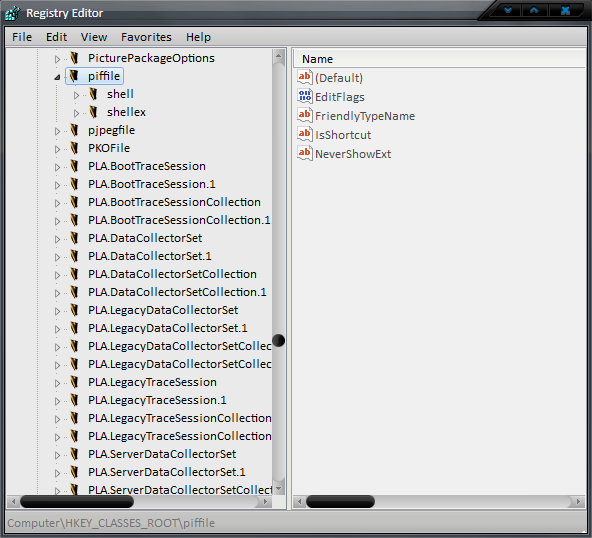


I’m basically thinking of this in two major zones. The first is off-the-shelf NMEA 2000 equipment (hereinafter called N2K) that is interconnected by a Maretron backbone, and available to the server via a USB interface. Scattered around the ship are sensors, instrument displays, chartplotters, an autopilot, engine interface, and even a two-layer gateway that lets the ancient B&G network sensors get translated to NMEA 0183 and thence to N2K. The Simrad autopilot uses “Simnet,” which is really N2K, so interfacing that is just a matter of wire cutters and field-attachable connectors. The second zone is my own stuff… also hanging off USB, but taking the form of direct I/O and other interfaces to incorporate system configuration tools, power management, security, and a variety of environmental sensors.
Macenc prevented from opening my security mac#
The server (probably a Mac Mini, since I gave up on Damn Small Linux… though maybe an embedded ITX or Asus if power considerations overcome the hassles of KVM switching) will then turn all this into a database-backed website, accessible on or off the boat.īut that fancy tinkering is for later. Here’s how it all fits together (revised Jun 19, 2008): The immediate project, now underway, is getting the essential navigation tools all playing nice on the network: two Furuno NavNet 3D multifunction displays, the wind/speed/depth sensors, GPS and compass, autopilot and its wireless remote, rudder angle sensor, instrument displays, engine and fuel consumption data, tank levels, and so on. The blue sections are physical regions of the boat, and they are linked by the N2K network. Because there are alternatives to the simple “tee” in the form of 4-port tees and multiport boxes at the end of drop cables, I have tried to minimize the cabling (and cost) by grouping things as efficiently as possible. And the terminating resistor at the mast step, which seems like a strange place to end the backbone since the Comm Console is not so far away, is to set myself up for the future transition from legacy masthead instruments to their N2K counterparts… with the network termination moving 60 feet up in the sky. The bulk of the activity is behind the nav and power consoles in the pilothouse, where all the lower helm controls, engine and tank monitoring, and circuit breakers are located. This is also the location of the autopilot control box, which communicates over the network with the pilot itself back in the hydraulics bay.
Macenc prevented from opening my security Bluetooth#
Further down the line, at the binnacle (the outside helm), there is a base station for a wireless autopilot control… putting the Bluetooth RF link entirely outside the steel hull.


 0 kommentar(er)
0 kommentar(er)
